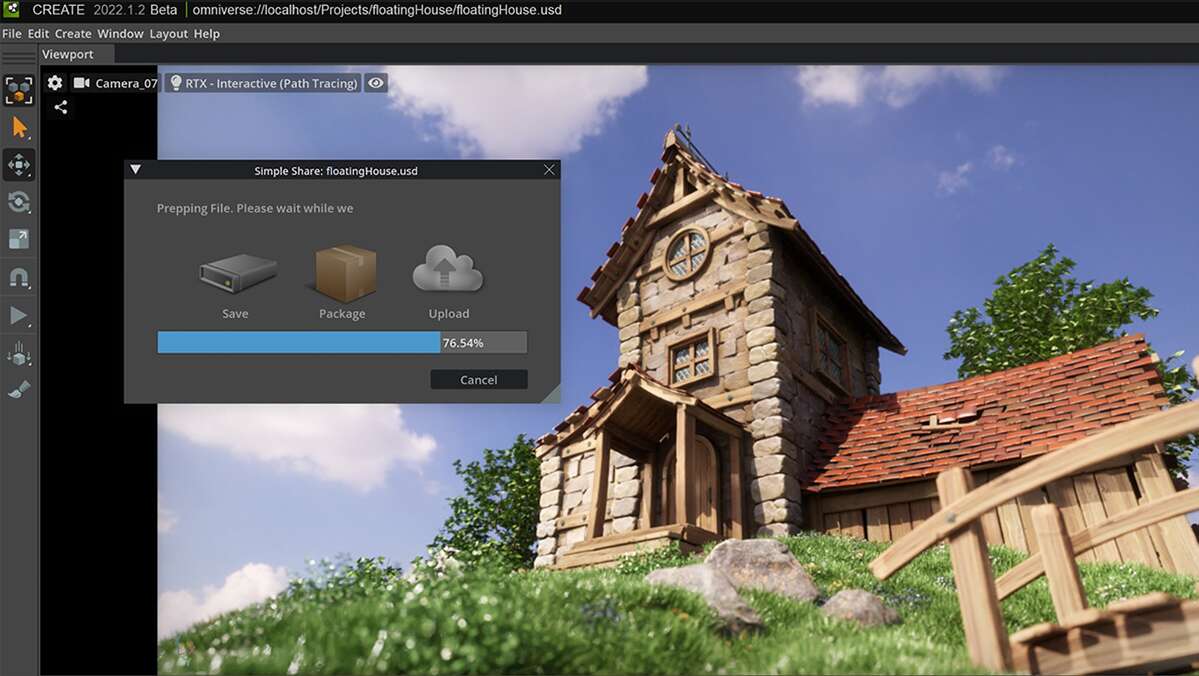In the dynamic realm of digital creativity, 3D modeling stands as a transformative force, reshaping the way industries conceptualize, design, and visualize their visions. From blockbuster movies to cutting-edge video games, architectural masterpieces to futuristic automobile prototypes, the integration of three-dimensional environments has become pivotal in pushing the boundaries of innovation.
As the demand for increasingly intricate and immersive experiences grows, so too does the need for a platform that can unite the talents of creators and empower them to transcend traditional limitations.
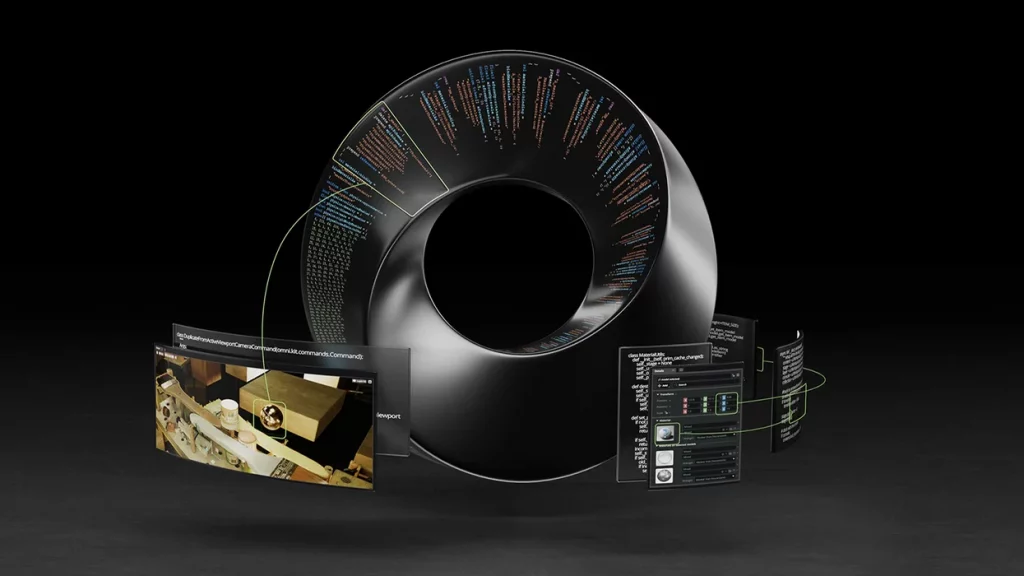 Enter NVIDIA Omniverse Enterprise, an avant-garde virtual collaboration platform and 3D content creation toolset that represents the next evolutionary leap in the world of digital content development. Developed by Team Green, the Omniverse Enterprise platform is the demonstration of accelerated computing supremacy in graphical and visual industries designed to revolutionize how professionals collaborate, simulate, and revolutionize their projects.
Enter NVIDIA Omniverse Enterprise, an avant-garde virtual collaboration platform and 3D content creation toolset that represents the next evolutionary leap in the world of digital content development. Developed by Team Green, the Omniverse Enterprise platform is the demonstration of accelerated computing supremacy in graphical and visual industries designed to revolutionize how professionals collaborate, simulate, and revolutionize their projects.
In this article, we’ll go through 3 different individuals who managed to grab the spotlight for themselves utilizing the platform.
#1: 3D Artist and CG Craftsman Brian Lai
 July 2022 is a month to be remembered as Malaysia-born Brian Lai managed to unleash his full potential thanks to a couple of updates.
July 2022 is a month to be remembered as Malaysia-born Brian Lai managed to unleash his full potential thanks to a couple of updates.
The first is the all-in-one photorealistic rendering software V-Ray 6 for 3ds Max by Chaos receiving a major upgrade that contains tons of powerful tools that assists in world-building for the purpose of quick distributions of 3D objects, generate highly detailed 3D surfaces, and other environmental enhancements.
The July NVIDIA Studio Driver update also brought all the necessary optimizations and performance boost accordingly.
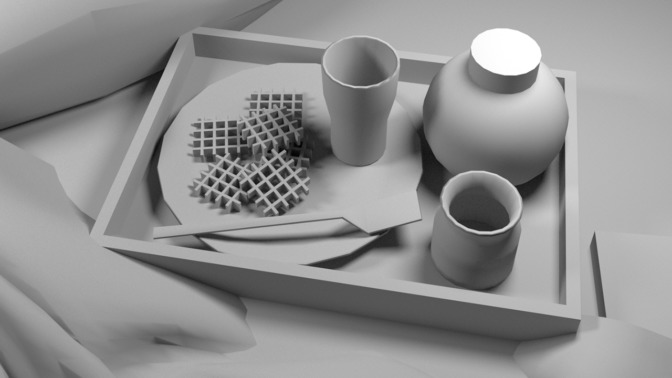 What Brian Lai does is a bit unusual in terms of direction as his Afternoon Coffee and Waffle rendition managed to catch the eyes of netizens.
What Brian Lai does is a bit unusual in terms of direction as his Afternoon Coffee and Waffle rendition managed to catch the eyes of netizens.
His obsession with always trying to mold objects and his surroundings into the virtual 3D world comes from his father, a photographer. He grew up and worked with his parent figure in arts until being accepted into The One Academy.
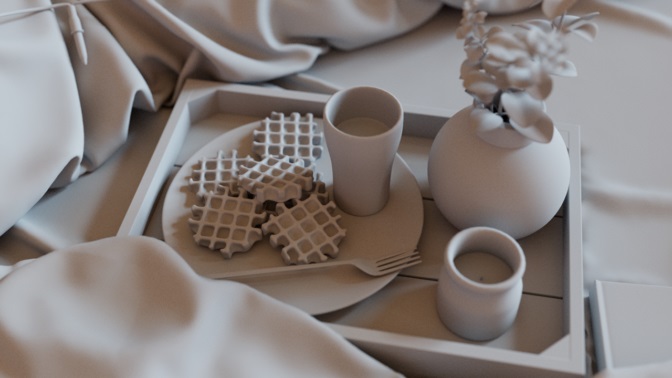 His process of crafting the art piece is quite straightforward and is done in the NVIDIA Omniverse platform. First, find some reference shots then start off molding the basic 3D model blocks as well as a good focal length and camera position.
His process of crafting the art piece is quite straightforward and is done in the NVIDIA Omniverse platform. First, find some reference shots then start off molding the basic 3D model blocks as well as a good focal length and camera position.
Next, finalize all 3D models then work on texturing each of them which the process can be further elevated using a Quadro and NVIDIA RTX professional graphics card. The choice of picking V-Ray also came from the software capable of utilizing all the available RT and Tensor Cores in the GPU.
After the last step, a simple simulation in Autodesk Maya is done for the best fabrics then normal map folds are provided through Adobe Substance Painter.
Finally, he gathered everything into one scene and brings the piece to life via Hypershade in Autodesk Maya.
#2: Architectural Researcher Pingfan Wu
The 2nd candidate ventures into the data-driven research field with Pingfan Wu, a senior architectural researcher at Hunan Architectural Design Institute (HNADI) Group in south-central China.
His achievements come from an Omniverse extension he made that allows controlling the sun and its associated effects on scenes with higher intuition and precision.
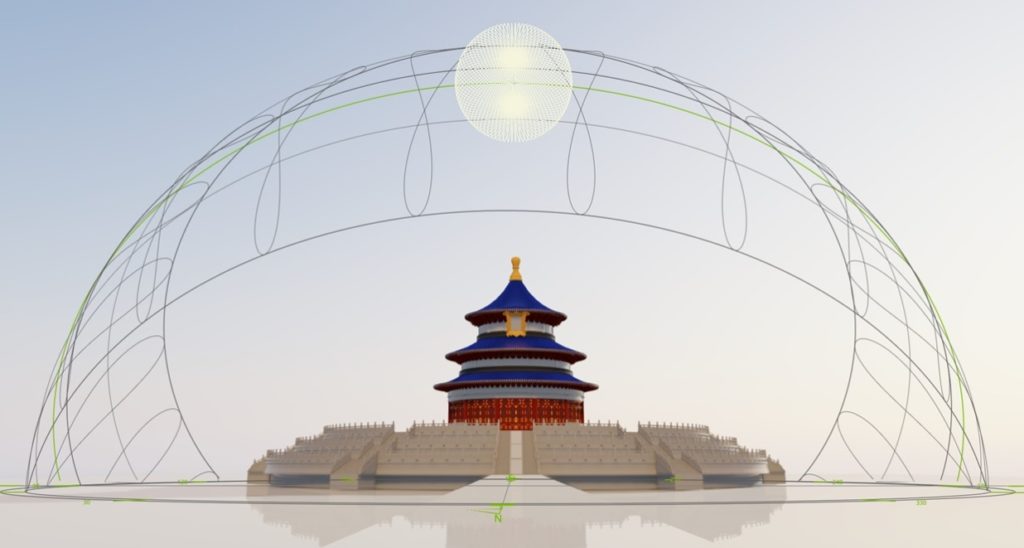 Dubbed the “SunPath” extension, Wu already has several awards credited to himself for working with multiple Omniverse extensions so you know he’s one of the veterans in the scene.
Dubbed the “SunPath” extension, Wu already has several awards credited to himself for working with multiple Omniverse extensions so you know he’s one of the veterans in the scene.
With SunPath, designers can easily find out how a cosmic light source, in this case, the sun, impacts a site or building at different times of day throughout the year.
Such application is critical for those in the architecture, engineering, construction, and operations (AECO) industry.
Quoting his thoughts, he described that the first step for the digitization of the AECO industry is to bridge data interoperability between tons of design tools in the market. The only solution he found is through Omniverse, not to mention the superior rendering power of the platform makes the resulting sunlight hyper-realistic which means feasible to serve as a reference for real-life scenarios.
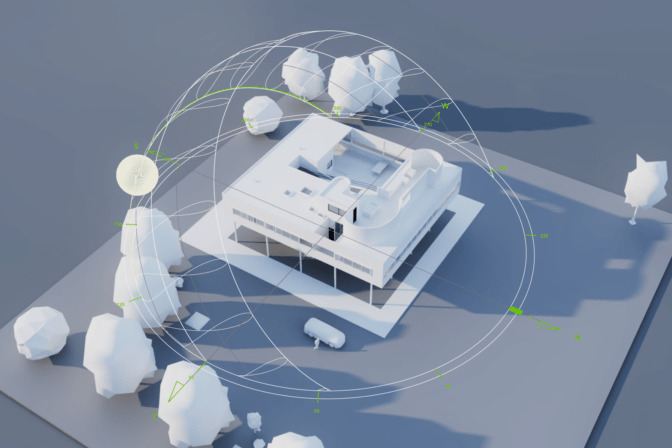 He also added that energy-consumption analysis may be done with the help of SunPath in case the equation calls for a solar energy source.
He also added that energy-consumption analysis may be done with the help of SunPath in case the equation calls for a solar energy source.
#3: UCLA Doctoral Candidate Yizhou Zhao
The last featured individual will be the 5th-year doctoral candidate Yizhou Zhao at the University of California, Los Angeles and his creation is the “IndoorKit”.
Despite having an extensive and major focus on statistics for his Ph.D., he also conducts data-driven research on AI and robotics. And this is how his expertise allows him to find out the issue his Omniverse extension plans to solve.
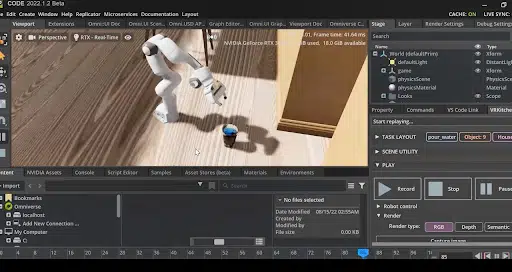 Simply speaking, IndoorKit allows one to load and record robotics simulation tasks in indoor scenes easily by automating the populating process of scenes with a just few clicks.
Simply speaking, IndoorKit allows one to load and record robotics simulation tasks in indoor scenes easily by automating the populating process of scenes with a just few clicks.
From a practical perspective, there are 4 main buttons on the main menu – Add Object, Add House, Load Scene, and Record Scene.
Additional buttons are available for fine-tuning the scene to the requirement of a project.
Zhao attributed Omniverse’s Universal Scene Description framework to allowing such convenience in terms of building a scene and accurate robot control – a problem that surfaces quite often in the past.
The act of seamlessly bringing 3D assets and environments from a wide range of file formats is the main factor here, as Zhao utilizes Omniverse Connectors for Autodesk Maya and Blender software for his demonstration.
He also added that IndoorKit is capable of randomization as well which can be applied to a scene’s lighting, room materials, and more.
Conclusion
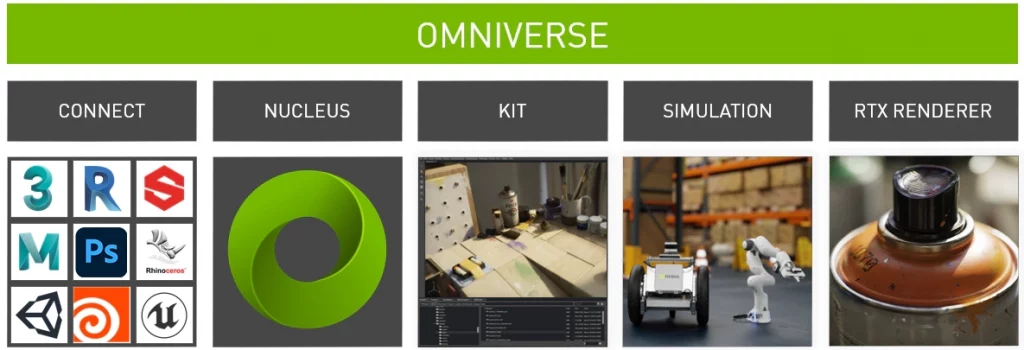 With these 3 case studies, we have to say that the NVIDIA Omniverse Enterprise is perhaps the most powerful development platform in the modern age that emphasizes collaboration and ease of production like anything else we have seen.
With these 3 case studies, we have to say that the NVIDIA Omniverse Enterprise is perhaps the most powerful development platform in the modern age that emphasizes collaboration and ease of production like anything else we have seen.
And what do you know? Access to such a great platform can be acquired through one of NVIDIA’s partners and in this case, Leadtek.
Leadtek exclusively provides the NVIDIA Omniverse Enterprise experience platform while providing the service of pre-installing necessary software and related design tools so that clients can instantly utilize the collaboration platform.
And yes, all of these can be remotely accessed through a simple web browser via Leadtek’s NVIDIA Omniverse Enterprise Test Drive service. The hardware that operates the service is an NVIDIA-certified system with WinFast GPU servers loaded with NVIDIA RTX professional GPUs.
Click the link below to try out the service.
Take an NVIDIA Omniverse Enterprise Test Drive (leadtek.com)


